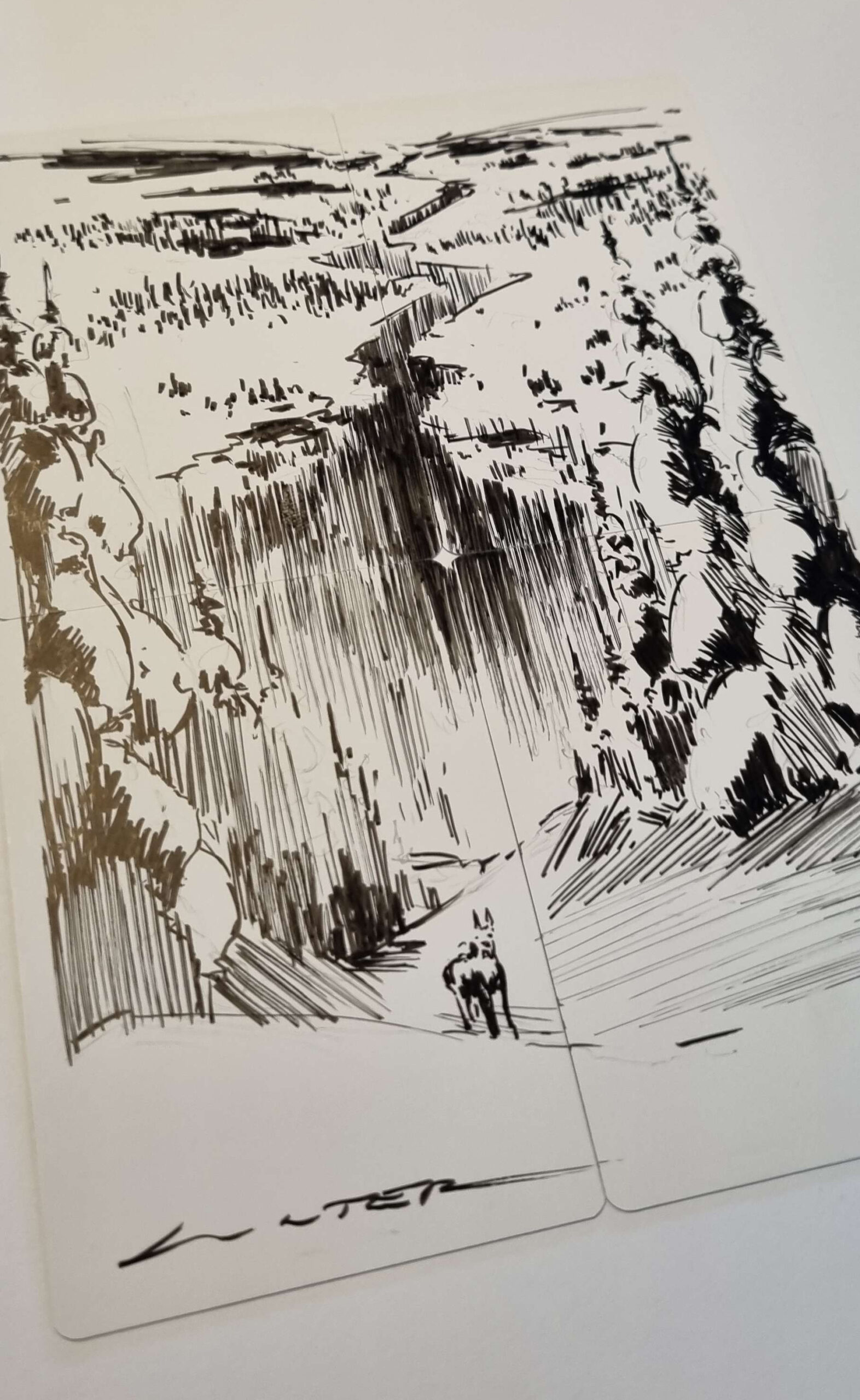Commander Canvas: Titus Lunter
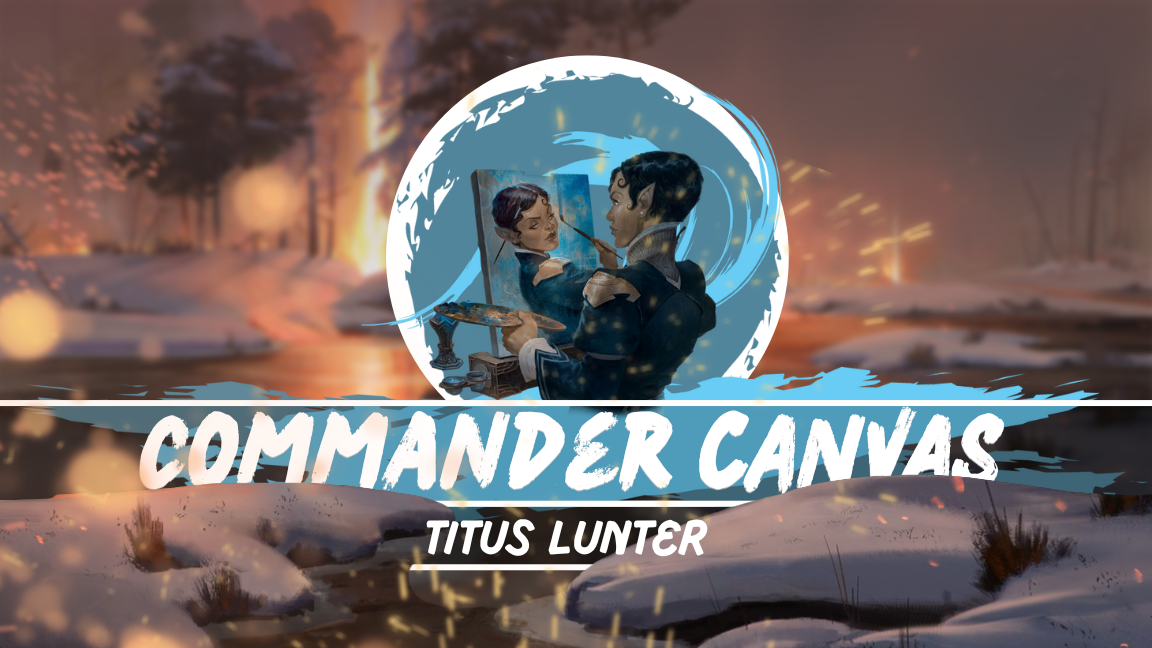
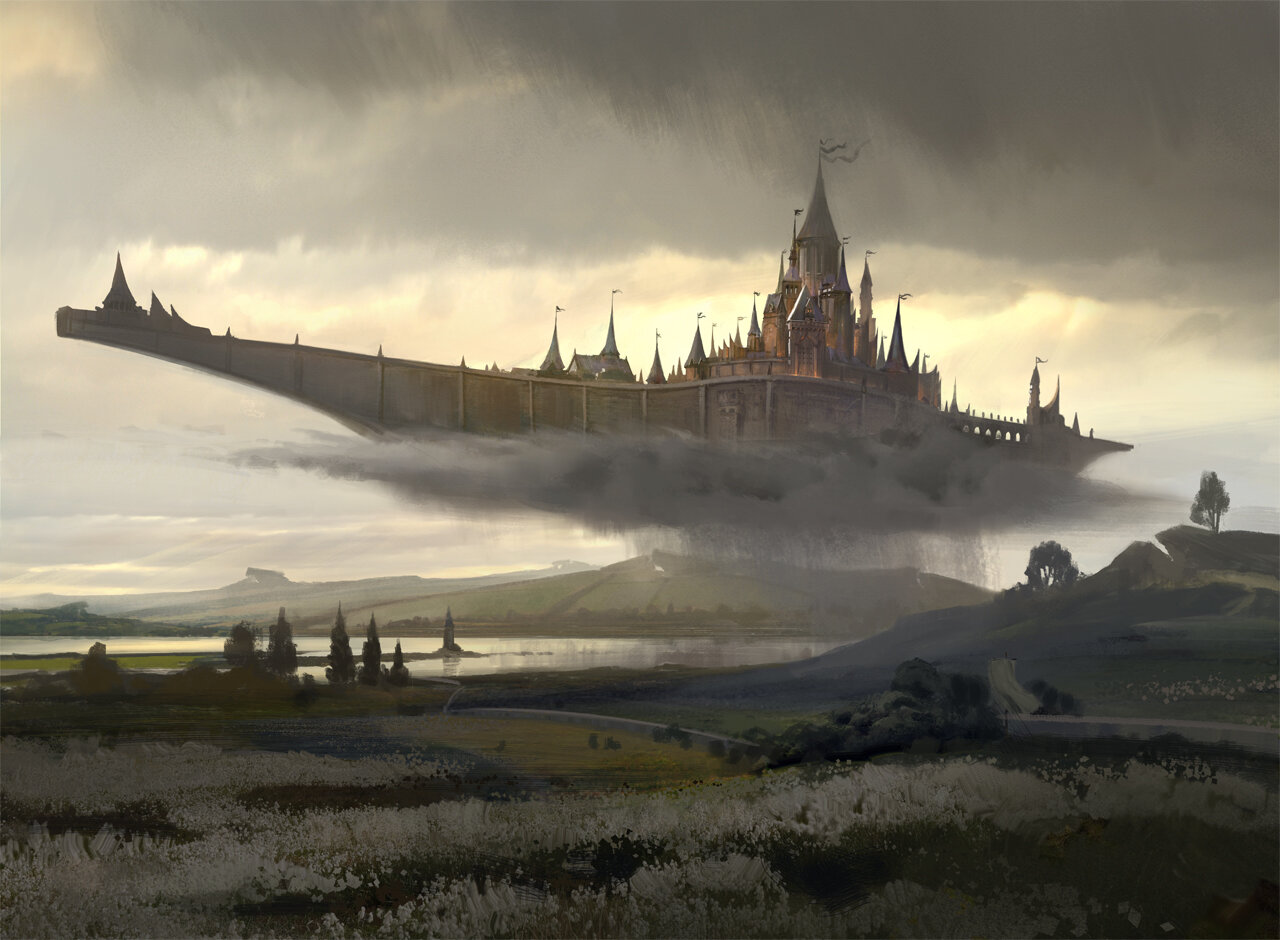
Treacherous Terrain
Welcome back to Commander Canvas, the most niche article series on Commander's Herald. This week, we're chatting with Titus Lunter, illustrator and concept artist. In previous entries, we've been joined by Jesper Ejsing, Evyn Fong, and more.
Titus Lunter's been a professional illustrator for a decade now, and he's got a goal in mind. By the end of this year, he's looking to hit the 200-card milestone in Magic: the Gathering.
Only he and his art directors know what he's got in store for the rest of 2023, but of cards released that he's illustrated, he's more than halfway there. Lunter, who resides in The Netherlands with his wife and fellow fantasy illustrator, Suzanne Helmigh, has 113 cards to his name, along with two Planechase cards. Some of Lunter's cards are common sights around Commander tables, including Mystic Forge, Relic of Legends, Hadana's Climb, Part the Waterveil, and Bitterthorn, Nissa's Animus. He's also done versions of Burgeoning, Birthing Pod, and Ensnaring Bridge.
Then there's the lands: Lunter's lands are staples in many decks, as he's done versions of Polluted Delta, Temple Garden, Mana Confluence, Urza's Saga, Luxury Suite, Spire Garden, Castle Locthwain, Kher Keep, and Throne of the High City.
For as long as Lunter's been an artist for Magic, he's been a player longer. "I started back in 2010-2011 with the release of New Phyrexia block," he said, though that wasn't his first exposure to the game. "I had been playing before, back in Darksteel, but I was in school then, and I got tempted away by the Lord of the Rings game by Decipher." Lunter said just as he was tempted by the One Ring, a friend tried to tempt him back into Magic, though it wasn't as successful. "I still have some cards that I got from a friend then, to try to get me to come to Magic, like Mephitic Ooze," he said. "I still think that's a funny card, but I digress."
When he headed to college, he befriended an avid Magic player ("Hi, Robin," added Lunter), and he was re-introduced to the game. "I immediately fell in love with cards like Phyrexian Obliterator and Elesh Norn, and the rest is history," he said. "Though, I have to mention that when I got back to the game, playing Standard, poisonwas the most horrible thing ever and I'm currently experiencing mild forms of shellshock seeing Toxic."
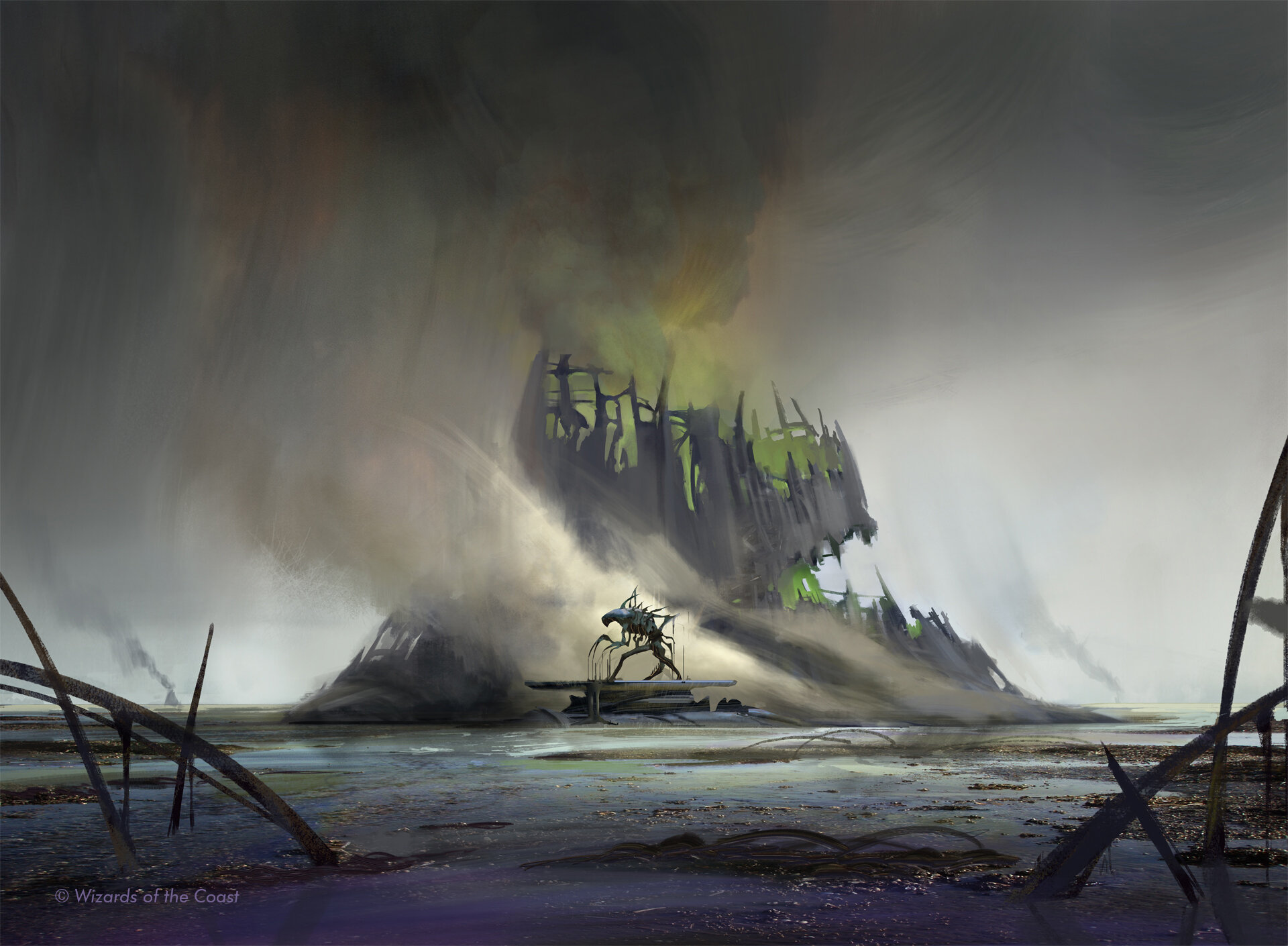
Perhaps it's foreshadowing, Lunter said, that the first deck he played when he returned to the game in the early 2010s was a red land destruction deck. "This was before I painted for the game," he said. Since then, he's illustrated 48 lands, but only five red cards, and none of them destroy lands. In fact, one of them is arguably land-friendly.
During his return to the game, Lunter was "just coming off my first gig" as a concept artist for a games studio called Rebellion Developments, headquartered in the United Kingdom. "It was a fun place to work, but unfortunately my dad took ill and I rushed back home to the Netherlands," he said. While he was able to garner experience as a concept artist working for Rebellion, Lunter said that although concept art and illustration are related, they're not the same. "Whereas illustration tells a story, concept art is more about solving problems," he said. "My friends recommended Magic to me [as a player] as much as they encouraged me to work for the game, but the two skillsets were, at that time, very far apart for me."
As artists, "what you enjoy looking at and what you enjoy to paint can be two very different things," added Lunter. The style of Magic was certainly appealing to him, though, but it was three more years of video game development work before Lunter made the jump. Today, his work with Magic has "been put on the back burner" as Lunter seeks to transition fully to an independent artist. "I have to also say that I've been steadily receiving less work, as I feel the natural order dictates the old move over for the young," he added. "I'm a bit bummed about it, but that's also life. The blade cuts on both sides if you are a passionate fan of the game, and also a professional that works for said game."
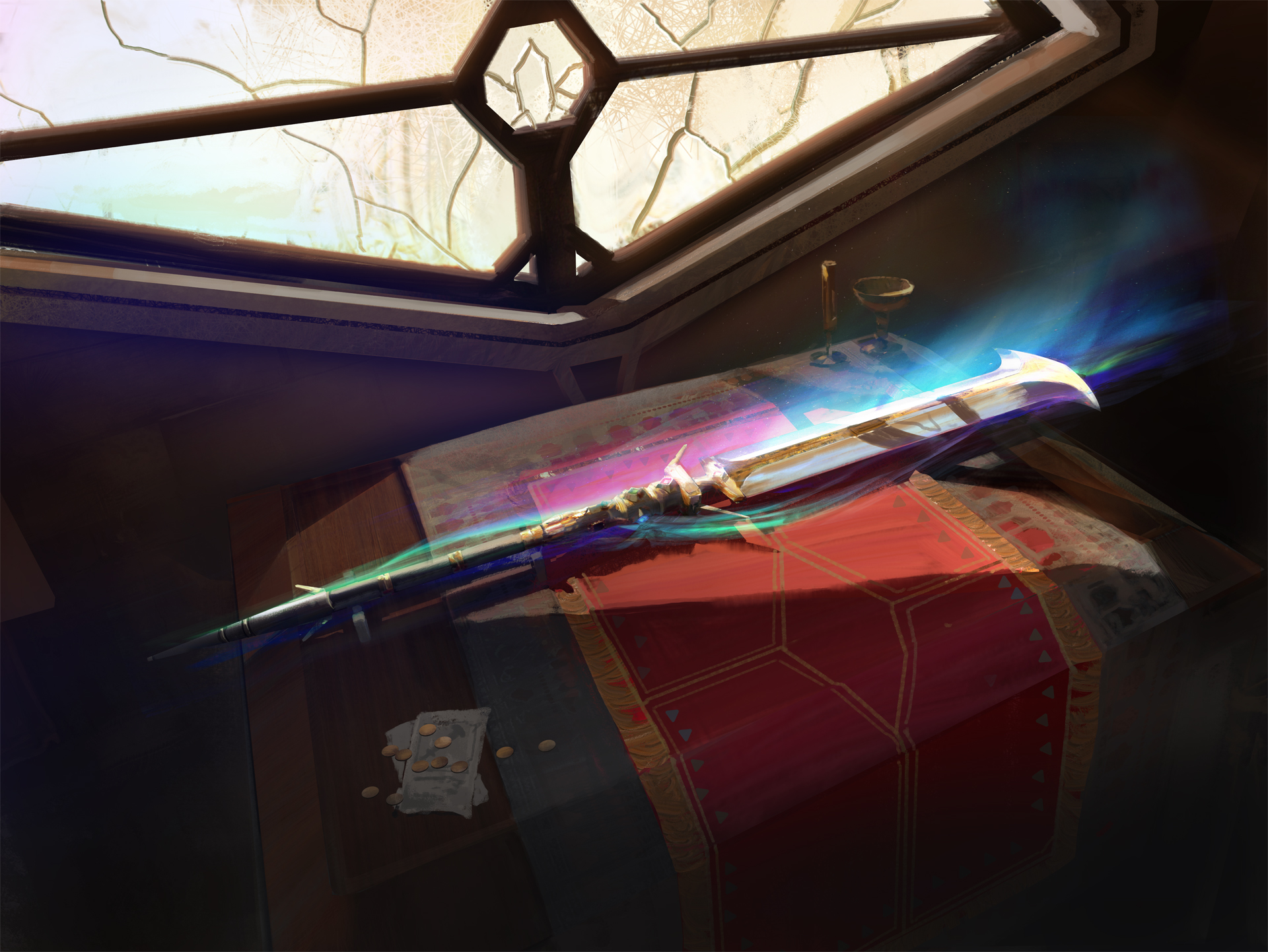
He's enfranchised both as a player and as an illustrator, and that dual relationship with the game impacts his approach to his work, in both positive and negative ways; in other words, it can "blur the lines," said Lunter. "I know for sure that I've been too keen on doing well, and in doing so forgetting some basics and creating less-than-spectacular illustrations," he said. "You want to do well, especially with remakes and highly nostalgic cards, to do right by the community, but at the same time you have to focus on your strengths and do what you do best."
That balance can be difficult to find at times, which Lunter said can be seen reflected in his work, at least from his own perspective. All that professional introspection, however, is itself put on a back burner when it comes to "seeing your work on a good card that sees play, and is fun to interact with," he said. "It's surreal; in fact, most of being part of the community is."
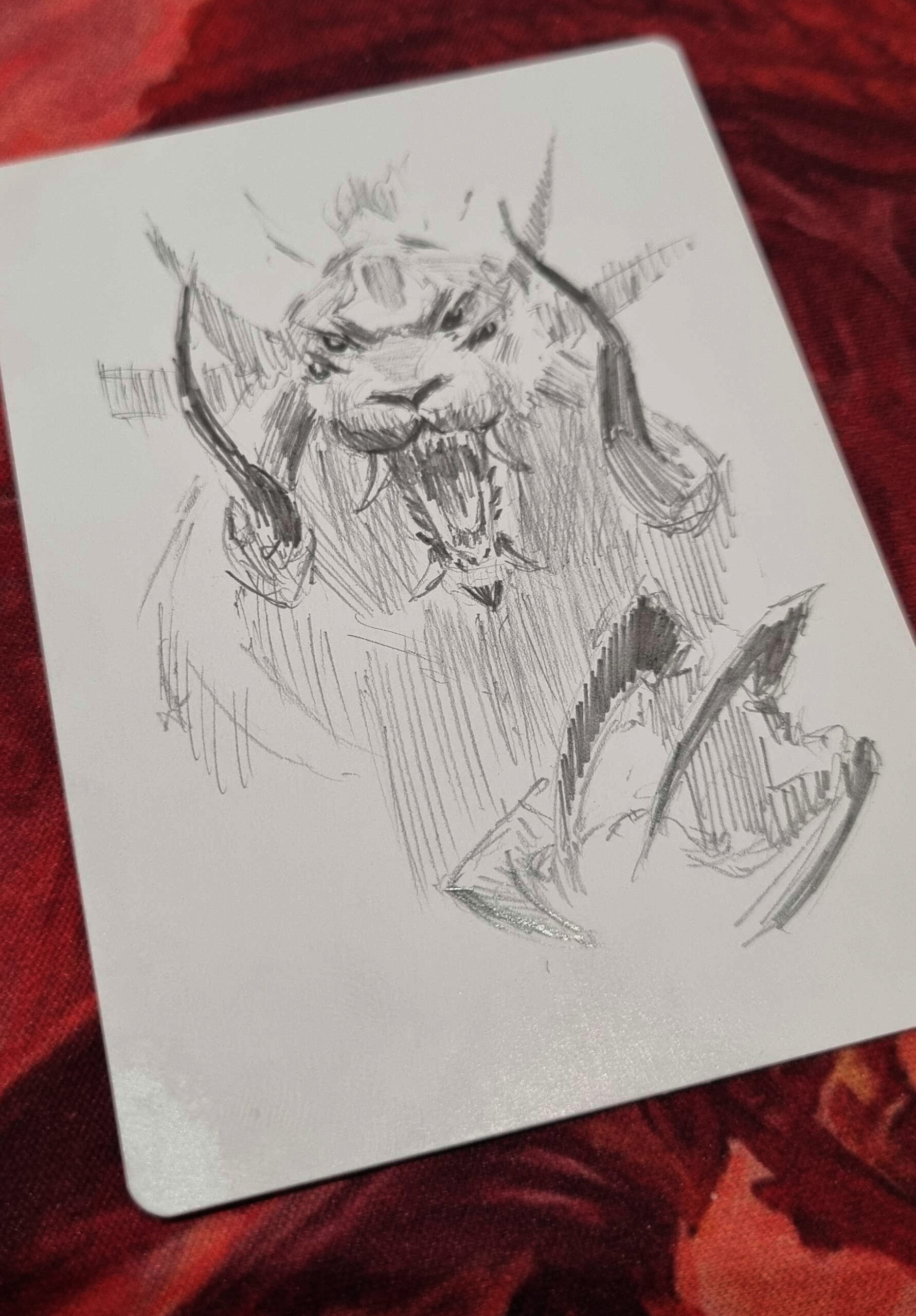
A sense of community is a positive memory early and often when it comes to being a player as well, Lunter said. When he first returned to the game, he and friends formed a "nice playgroup" and together just played some Magic to unwind, have a laugh, and just sit at the table enjoying shared company. "I think Dungeons & Dragons has this appeal as well, another love of mine even though admittedly I know quite little about it compared to most players," he said. "Anyway, there's something about sitting around a table or fire or whatever and just tell stories and create new ones."
Lunter said Magic has "given him so much, for better or worse, and shaped so much of who I am professionally and how I look at my work, that I'm not sure if I'd ever have reached this level without it." As a player it can be difficult to open cards in a new set that as an illustrator "you've been overlooked for, for whichever reason, all valid I assume, and [still] enjoy the game," he continued. "They are interwoven in me in such a way that I don't think I can quite find the words to describe it."
Magic is a catalyst for the creation of stories, and that's the reason Lunter still plays today. He's had "the nicest people explain very obvious things" that he struggled with at FNM's, and he's made cool and memorable trades and bargains with store owners and players around the globe. "A lot of games want that sense of community but very few have it," he said.
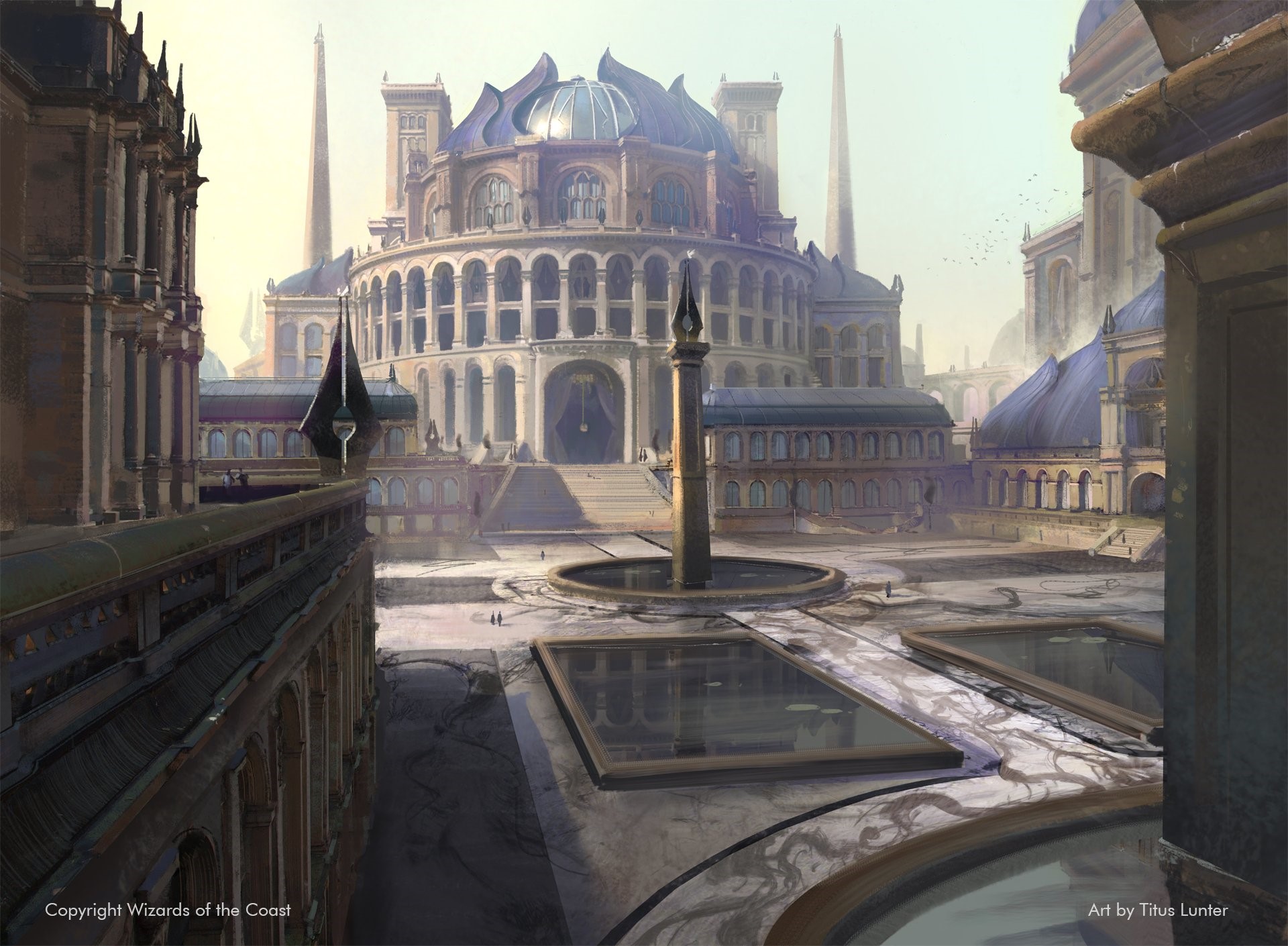
And some stories generated by Magic are remembered for more embarrassing reasons and are given life by friends who simply won't let you forget. "This one's not from my earliest days, but it's been a while: four-player Commander, I was playing U/B mill with Phenax. Two [opponents] down, one to go. I milled their last card on my turn and all I had to do was wait for that sweet, sweet draw step -- which never came, because for whatever stupid reason they had mana enough to zap me on upkeep before draw. It was the single most defeating feeling ever, but also awesome because, who does that?!"
Lunter's also got plenty of stories related to seeing cards he's illustrated used for nefarious purposes against him in games of Commander. "I have lost it at the amount of times I got Pacted, Wrathed, and Podded into oblivion," he said. "If that wasn't enough, Burgeoning is a crowd favorite, so I help my opponents ramp -- and look amazing while doing it, if I do say so myself."
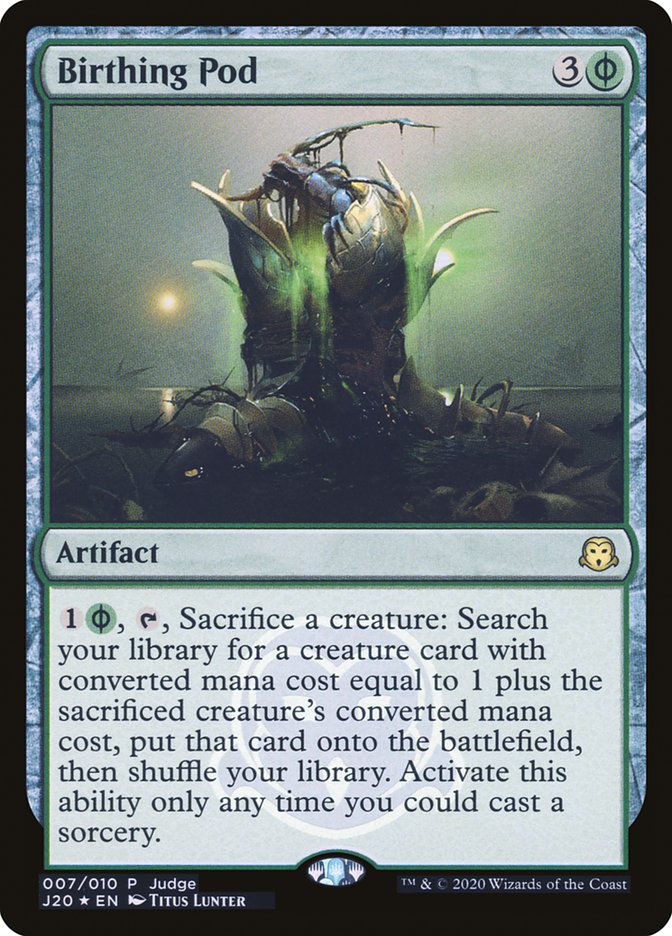


Wheels and Snakes
To date, Lunter hasn't illustrated any legendary creatures (unless you add the Magic Online-only Traxos, Scourge of Kroog), but that hasn't stopped him from being an avid Commander player. More specifically, Lunter pilots a Xyris, the Writhing Storm deck, and noted that prior to Xyris, he was regularly seen at Commander tables playing a Jhoira, Weatherlight Captain Storm deck centered around Aetherflux Reservoir.
Describing Xyris, Lunter laughed and said "Shit, it does nothing well," before adding that the idea for the deck is to play a group hug style focused on wheels, "where I make a bunch of tokens by wheeling opponents' hands, then swinging with a massive Overrun effect." What kind of success rate does the deck enjoy? Lunter answered: "It has yet to work."
Pulling off a table-sweeping win isn't necessarily the point, however, as Lunter said he went from a competitive mindset to a casual one "really quick" over the last few years. "I only play Commander, and at best it's once a month," he said. "I'm trying to disconnect a bit from the game, as it can affect my mental health quite badly if the work isn't going well, so I only play socially at a friend's house." Still, Lunter said that might change soon. "I am going to go to events again this year, and I usually pick up a game or two at the event at my booth."
When it comes to Commander, sometimes the story of a deck is more important than the deck itself, similarly certain card choices can be intensely personal. Lunter's no different. "I have a deep love for artifacts, and the Mox Opal altered by Klug Alters is probably my favorite card that I own," he said. "Though I have received a mighty gift in the form of a Strixhaven Japanese alt-Foil Demonic Tutor."
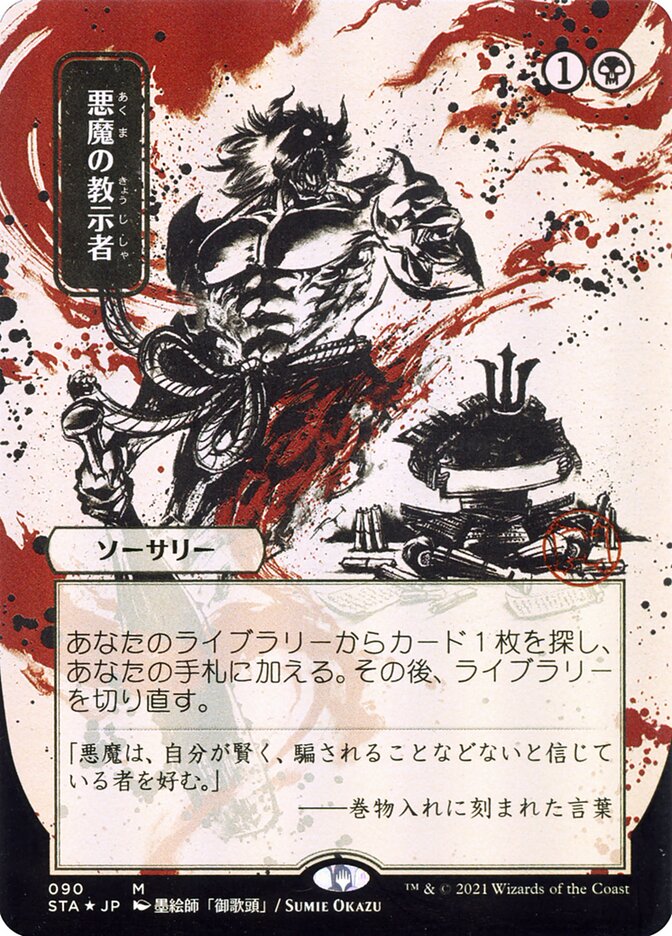
While he's playing Xyris frequently, Lunter said his "most fun deck" was a community "You win the Game!" deck that featured every card featuring the phrase "you win the game," including, he noted, Door to Nothingness, "which I feel is close enough." Beyond the deck's theme, the cards themselves contained a story. "The most fun part, however, was that all the cards in the deck were traded," said Lunter. "I offered artist proofs, prints, signatures, sketches, you name it, for foil versions or fun versions of cards from the decklist. I have some crazy Russian foils, some misprints, and a whole lot of good memories."
Should Lunter ever retire from the game, he plans to box up the deck and "send it on a trip around the world" to all his favorite people he's met, "hoping they will play a few games and then send it on to the next deserving player. One day!"
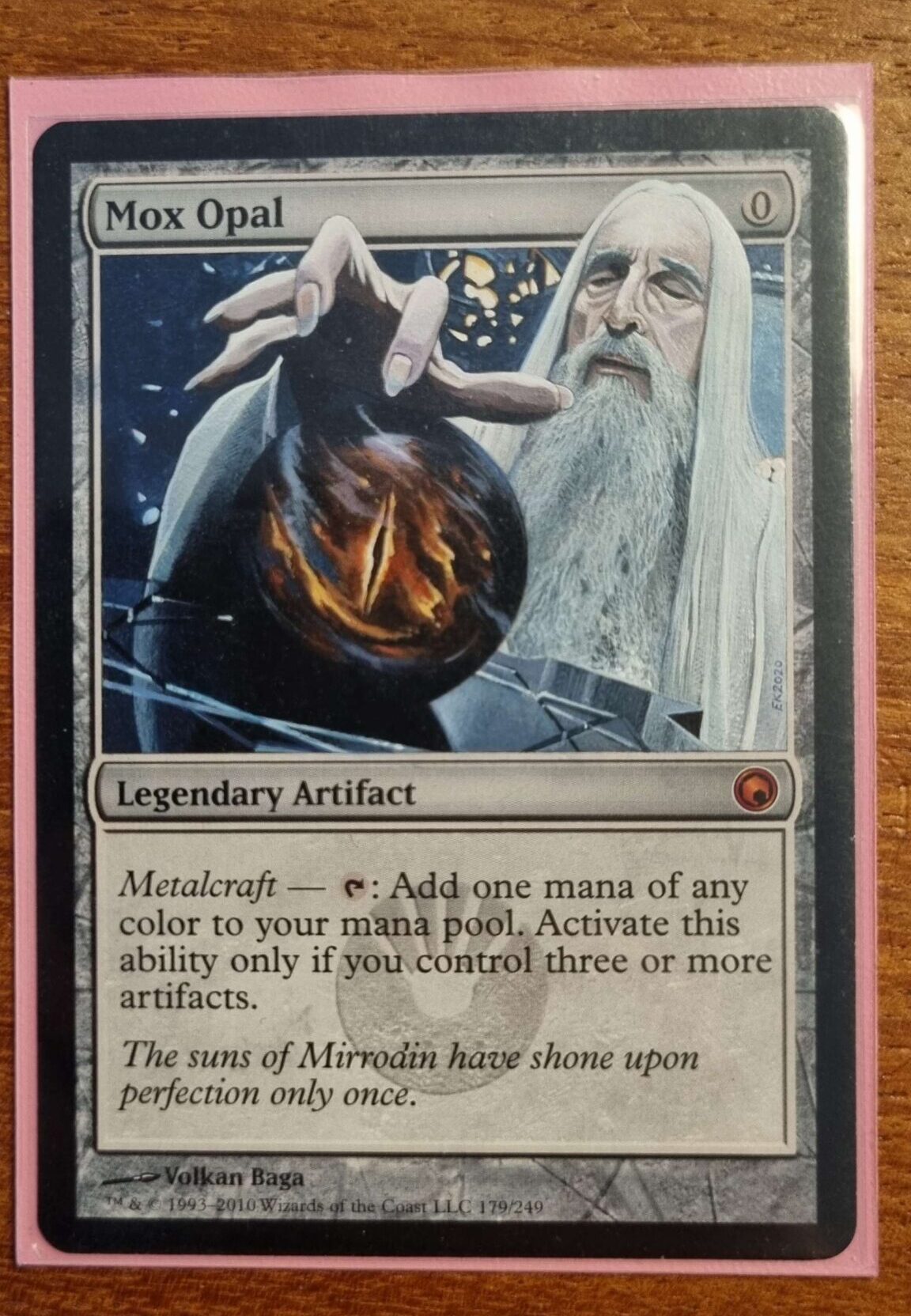
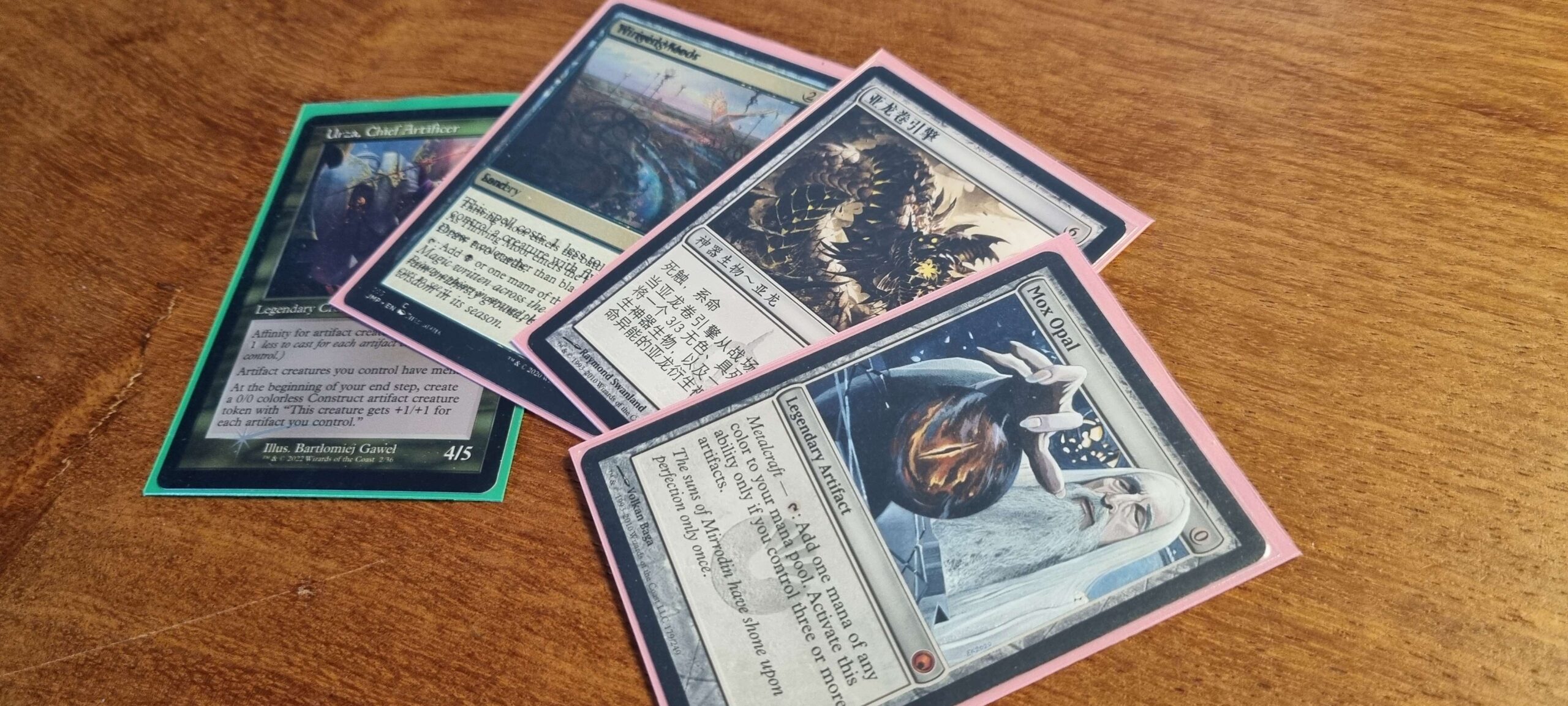
Understandably, Lunter's also an avid enthusiast of MTGVAC, also known as "Vintage Artist Constructed," a format that demands all cards in a deck be illustrated by the same artist. Lunter said he's been known to "casually slide into those DMs" of MTGVAC groups. "My downside is that I'm not very good at painting creatures or humans, and as such I get very little of those commissioned," he said. "So, the constructed deck comprised solely out of my cards has a very high salt factor, since my most reliable strategy might be an Ensnaring Bridge / Screaming Shield combo." As he illustrates more cards, slowly but surely better strategies will emerge, "but the hope is to have a solid Commander deck with just my cards," he said. "Not sure if I'd have the nerve to play it, but if I ever succeed, it will probably be the only deck I will ever play."
